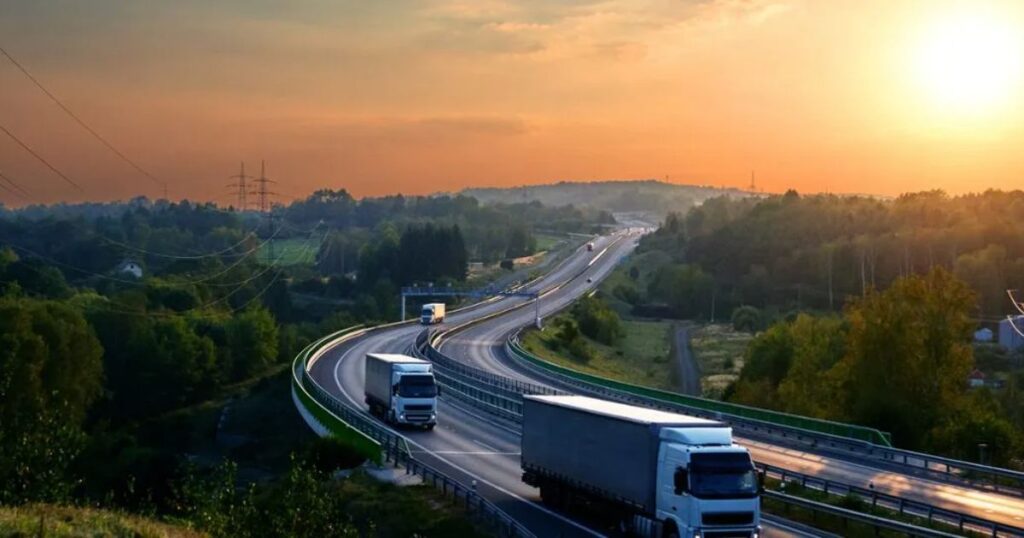Ever thought of investing in essential services?

Investing in infrastructure is about investing in the companies that provide essential services to society and earning predictable, reliable returns in the process.
More than 350 infrastructure and utility companies are listed on global stock markets, with the sector having a combined market capitalisation in excess of US$4 trillion; about three times the market value of the Australian stock market[1]. The services provided by these companies are essential to the efficient function of communities, providing assets that have reliable earnings growth and stable income streams in times of market declines. As investments, infrastructure stocks exhibit unique characteristics, including reliable cash generation, inflation protection, defensiveness in declining markets, and low correlations with other asset classes creating a compelling case to include the sector in a diversified portfolio.
As it is traditionally defined, infrastructure typically refers to large, tangible assets that deliver essential services. While utilities, highways and pipelines are widely regarded as infrastructure, the status of other assets, including car parks, data centres, and satellites attracts debate. Notwithstanding this complexity, the case for investing in infrastructure is clearly demonstrated by an examination of the sector’s attributes.
Why invest in listed infrastructure?
As an asset class, infrastructure exhibits four distinctive characteristics:
- Infrastructure generates reliable cash flows – The vast majority of infrastructure assets exhibit predictable demand, limited competition and a stable regulatory environment. Infrastructure is thus well positioned to generate reliable cash flows and solid and stable earnings growth, no matter what economic conditions prevail.
- Infrastructure offers inflation protection – Infrastructure comes with built-in protection against inflation because regulators allow these companies to raise their prices to protect their earnings when their costs rise.
- Infrastructure has lower risk of capital loss – Assets that have reliable earnings growth and stable income streams are typically havens in periods when equity benchmarks decline.
- Infrastructure exhibits low correlations with other asset classes – Because the earnings of infrastructure companies exhibit low levels of sensitivity to economic conditions, the returns of infrastructure investments typically exhibit low correlation with other asset classes, offering diversification benefits for investors.
Including infrastructure in a diversified portfolio can enhance returns and reduce portfolio risk.
Infrastructure – always in demand
Investing in infrastructure is about investing in the companies that provide essential services to society. We are so used to these services in our lives that perhaps we underestimate the range of essential services that are provided the world over, every minute of every day.
Communication towers
The phenomenal growth of the Internet and mobile devices means that communication towers play an essential role in the efficient function of a modern community. The biggest tower operators have a large reach. American Tower, for example, has nearly 226,000 towers across 25 countries in five continents[2]. Other examples of telecommunication tower stocks include Cellnex Telecom, Vantage Towers and Crown Castle International.
Global mobile data traffic is expected to grow 20% p.a. over the six years to 2028.
Water
Water is perhaps the most essential of all infrastructure services. Australians consumed more than 13,800 gigalitres of water in FY2020-21[3], with the average household bill being $832 a year[4]. In 2020-2021, the total expenditure on distributed water by Australian households, businesses and other bodies was about $9.2 billion. Examples of global infrastructure water stocks include United Utilities of the UK and American Water Works.
Humans can use only about 0.3% of the world’s supply of water[5].
Natural gas
Natural gas is nearly as interwoven into our daily lives as electricity. In Australia, ~42,000 kilometres of natural gas transmission pipelines shift gas from where it is produced to demand centres[6]. Natural gas supplies ~27% of Australia’s energy needs[7].
Global natural gas consumption is expected to increase by more than 40% over the period to 2025[8].
Electricity
Electricity is integral to almost every aspect of our modern lives. In the US, the power grid is made up of over 7,300 power plants, nearly 160,000 miles of high-voltage power lines, and millions of miles of low-voltage power lines and distribution transformers, connecting 145 million customers throughout the country[9].
The average US household spends US$137 per month on power[10]. Examples of global infrastructure ‘electricity’ stocks include the National Grid of the UK, WEC Energy and Xcel Energy with service territories in the USA.
Electricity wasn’t ‘invented’ it was ‘discovered’ because it is present in nature.
Airports
In 2022, planes carried over 3.8 billion passengers worldwide through the world’s airports[11]. Airports within the global infrastructure sector include Zurich Airport, Paris Charles de Gaulle Airport, London Heathrow.
Airports play a vital role in economic growth, job creation and international trade and tourism.
Toll roads
Toll roads have been around for thousands of years, the history of toll roads in Australia dates back to 1811 when the first toll road (Sydney-Parramatta) was built. Today the US has more than 9,500 kms of toll roads and host more than five billion trips a year[12]. Examples of global infrastructure ‘toll road’ stocks include Transurban with operations in Australia and North America, Ferrovial with toll road assets in North America.
Sydney’s toll roads host an average of more 950,000 trips each day[13].
Source: Magellan Group
[1] https://www.ceicdata.com/en/indicator/australia/market-capitalization
[2] American Tower Overview – Q2 2023, Data as of June 30, 2023
[3] Australian Bureau of Statistics: 2020-21, total expenditure on distributed water by industry and households
[4] Canstar Blue research, January 2023.
[5] ngwa.org – https://www.ngwa.org/what-is-groundwater/About-groundwater/information-on-earths-water
[6] Australian Pipeline and Gas Association: https://www.apga.org.au/pipeline-facts-and-figures
[7] https://www.energy.gov.au/data/energy-consumption (2020- 2021)
[8] https://www.energy.gov/fecm/liquefied-natural-gas-lng
[9] https://www.epa.gov/green-power-markets/us-electricity-grid-markets
[10] https://www.eia.gov/todayinenergy/detail.php?id=56660#13
[11] https://centreforaviation.com/analysis/reports/the-worlds-airports-the-state-of-the-industry-in-jan-2023-in-11-numbers-635413
[12] IBTTA. https://www.ibtta.org/sites/default/files/documents/MAF/2015_FactsInBrief_Final.pdf
[13] https://www.parliament.nsw.gov.au/lcdocs/inquiries/2792/Report No. 16 – Road Tolling Regimes.pdf



